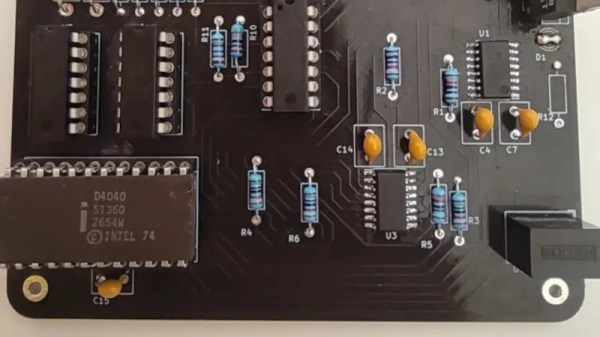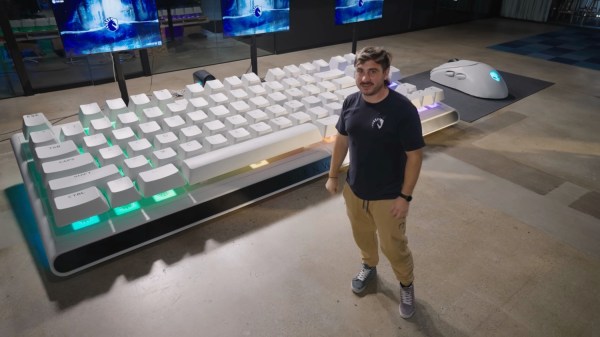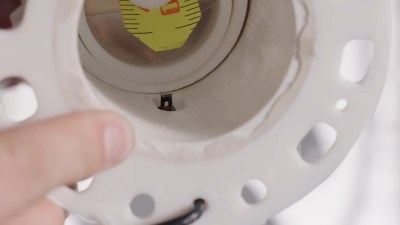Among Hackaday’s readership are likely to be many gadget enthusiasts who live for the latest electronics and who have obsessively followed gadget trends for most of their lives. You possess elite AliExpress-fu, and like the hipsters, you were into everything long before it was cool. It’s safe to say the Internet has revolutionized the world of the gadget freak, but in a time before even dial-up access there was another way into this most technophilic of pastimes. As soon as there was consumer electronics there were mail-order catalog companies slaking the thirst of the gadget-crazy, and [Cabel Sasser] is here with a look at both their heyday and their swansong.

He has a particular focus on the catalog produced during the 1980s by DAK Industries Inc, a North Hollywood California based company that was the work of an entrepreneur named Drew Kaplan. He presented a glittering array of the latest and greatest tech of the era, and packaged it with riveting descriptions and beautifully-shot glossy photographs. [Cabel] was hooked, and we would certainly have been too. There were digital watches with outrageous functionality, portable briefcase computers, novelty telephones, Hi-Fi components at knock-down prices, and plenty of cassette tapes to play in them.
Their signature was an engaging copy-writing style that really made you want the product, and here we enter an interesting story in itself. There was another mail order gadget company in the 1970s which used exactly the same formula but running full-page adverts, similar enough to be obviously connected in some way. Had DAK stolen the idea? Not quite, for these were the product of a man called Joseph Sugarman, who also ran a “Learn my formula for sales success” course. Drew Kaplan didn’t hesitate to attribute his success to the Sugarman course, leaving us with the surprising conclusion that there’s more to the “Learn my formula” business than simply making money from marks prepared to pay for the course.
Here at Hackaday we occasionally venture into purple prose for fun, but we’re not trying to sell you any consumer electronics. We can’t help a professional admiration for the copy-writing in these catalogs though, and since they’re all available for download from Internet Archive we’re going to spend a while wallowing in tech nostalgia. It’s a place we’ve been to before.
















